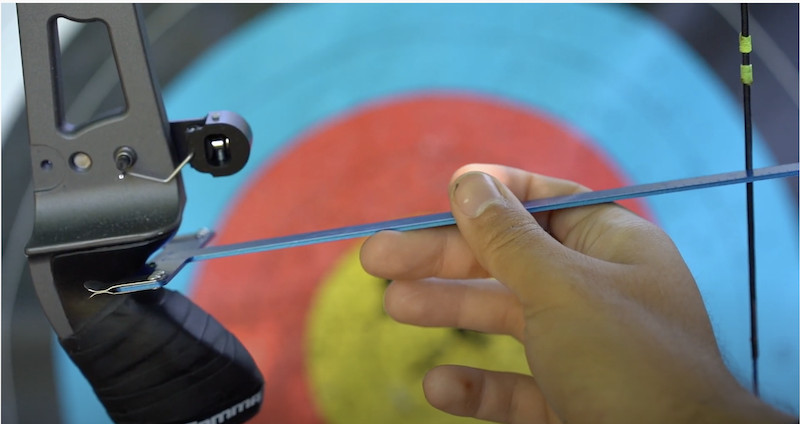Adjusting the brace height on your recurve bow is a crucial aspect of archery that can significantly impact your shooting experience. By understanding the effects of too high, too low, and just right brace heights, you can fine-tune your bow for optimal performance.
What is Brace Height?
Brace height is the distance between the string and the deepest part of the grip (the throat) on a recurve bow. It’s an essential measurement that significantly impacts the bow’s performance.
Why is Brace Height Important?
Brace height affects the bow’s speed, noise, vibration, and overall shooting experience. A properly set brace height ensures that the bow functions optimally, providing better accuracy and consistency.
Steps to Adjust Brace Height
1. Measure the Current Brace Height
- Use a bow square or a tape measure to measure the distance from the string to the deepest part of the grip.
- Note the current measurement.
2. Determine the Recommended Brace Height
- Refer to the bow manufacturer’s specifications for the recommended brace height range. This information is usually found in the owner’s manual or on the manufacturer’s website.
3. Adjust the Brace Height
- Increasing Brace Height: To increase the brace height, remove the string and twist it several times clockwise. Reattach the string and measure the new brace height. Repeat as necessary.
- Decreasing Brace Height: To decrease the brace height, remove the string and untwist it several times counterclockwise. Reattach the string and measure the new brace height. Repeat as necessary.
The Impact of Brace Height
Too High Brace Height
- Pros: Reduced vibration and noise; more forgiving of minor errors.
- Cons: Reduced arrow speed; potential decrease in accuracy.
- Characteristics: The string is closer to the bow grip, resulting in a shorter power stroke.
Too Low Brace Height
- Pros: Increased arrow speed; potentially greater accuracy.
- Cons: Increased vibration and noise; less forgiving of minor errors.
- Characteristics: The string is farther from the bow grip, resulting in a longer power stroke.
Just Right Brace Height
- Pros: Optimal balance between speed, accuracy, and comfort.
- Cons: Requires fine-tuning and experimentation.
- Characteristics: The string is set at the recommended distance, providing a harmonious balance of performance factors.
Tips for Fine-Tuning
- Test Shooting: After adjusting the brace height, shoot several arrows to assess the bow’s performance. Listen for noise, feel the vibration, and check for accuracy.
- Make Small Adjustments: Adjust the brace height in small increments (e.g., 1/8 inch) and retest.
- Consistency: Ensure the brace height remains consistent for every shooting session. Regularly check and adjust as needed.
- String Maintenance: After putting twists in the string, it’s recommended to re-wax the string so that the twists remain in place for longer when the bow is unstrung.
